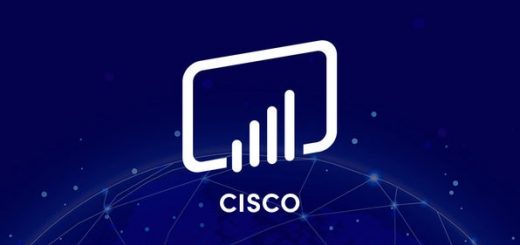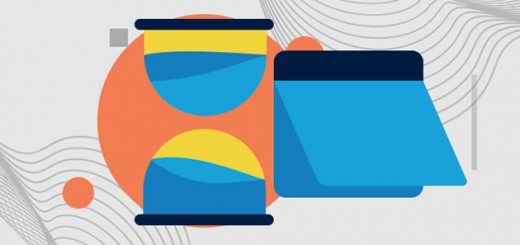How to improve literacy through the science of reading
The Fall 2021 PALS Report found that reading skills in young learners are at a 20-year low. Over the past three years, reports have shown there had been little growth in reading and in some cases, states were backsliding. The majority of students who are exiting our school system do not have the reading skills they need to be successful at a job that requires reading skills.
I have analyzed how literacy education has evolved, exploring why we are where we are today and how we can improve. Educators can improve their K-3 students’ reading achievements by focusing instruction on structures of the English language. By applying findings from the science of reading, educators can positively affect students’ confidence in their academic careers and beyond. Here’s how to get started.
Assessing Your Curriculum for Elements of Structured Literacy
The science of reading is massive, and there’s much to learn from it. Structured Literacy is the practical approach that helps educators implement that science.
A few of the key elements of this approach include:
- Phonology is the study of the sound structure of spoken words. Phonemic awareness gives students the ability to distinguish, segment, blend, and manipulate phonemes and is highly relevant to reading and spelling.
- Sound-symbol association is the alphabetic principle of how to map phonemes to letters— known as phoneme-grapheme correspondence.
- Syllables: Knowing syllable patterns help readers know which sound the vowel is representing—whether in single syllable or multisyllabic words. Syllable division rules guide readers in dividing and decoding unfamiliar words of any length.
- Morphology is the study of the units of meaning in words, which involves using base elements and affixes to help readers decode and unlock the meanings of complex words.
- Syntax, the set of principles that dictate the sequence and function of words in a sentence, includes grammar, sentence structure, and the mechanics of language.
- Semantics, which is instruction in the comprehension and meaning of words.
(see all)


